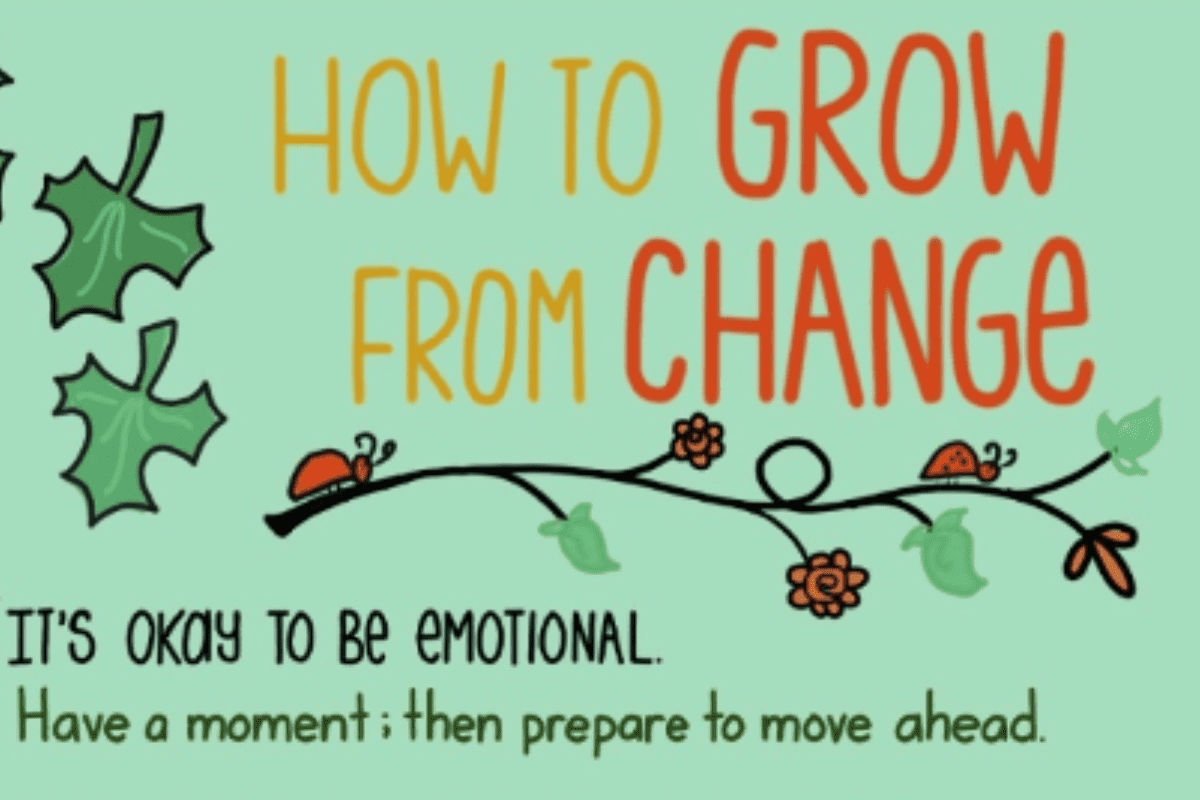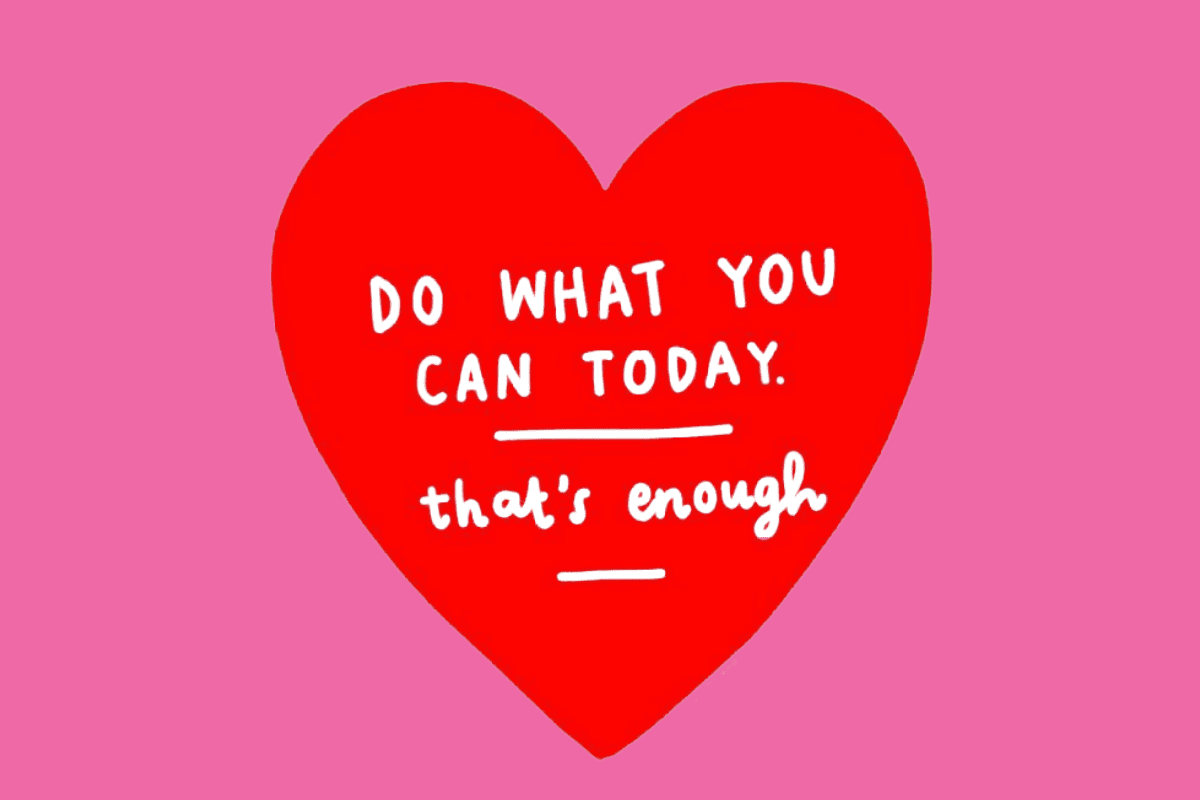How are you doing this week? That might depend on where you’re located – I’m in Victoria which might explain my current state of mind!
Since the outbreak of the pandemic I’ve been operating at high speed and on high adrenalin. I’ve adapted my programs to support clients online, created new content and learnt new skills. I haven’t stopped. I feel very fortunate to be in this position when so many others are suffering.
The week before last I had some minor surgery (all went well), which forced me to stop and take a total break from work.
Last week, with the emergence of more hot spots in Melbourne, it really hit home to me that life has fundamentally changed as a result of COVID-19. I knew this logically, but I don’t think I’d processed it emotionally. Being on enforced rest gave me a chance to ponder it all and connect with reality.
I felt really angry / blamey / judgey / finger-pointery / victimey. And with suburbs in Melbourne being locked down again, this week I’m finding it hard to motivate myself and tap into some positive energy. I feel very lack lustre.
I don’t like feeling angry. But I sat with the feeling and connected with it and sat with it some more. And I’m still sitting with it. Anger is often a powerful secondary emotion, which means it’s an emotion that is caused by other underlying emotions. It can mask painful emotions, and for me I think these are fear, anxiety, uncertainty and loss. And that’s ok. The anger will shift and pass.
And I need to remember to keep coming back to what I can control and to think about who I want to be during this time – what version of me will I choose to let show up? I hope it’s the best version of me. I’ll keep working on it.
I thought this graphic below was very helpful for where I’m at right now, and maybe you too.
|
Are you in high-performance mode?
What’s been highlighted for me this week is that leaders and teams (and the whole community) need to prepare for the long-haul. For me, it’s been like I thought I was going on a plane trip to a new destination, only to now realise that I am actually on a long sea voyage.
Therefore, my mindset needs to be totally different if I’m to keep myself at my best. For my team, my ways of engaging with them, supporting them and working with them need to be totally different so that they can keep performing.
That’s why I believe that a focus on well-being is hugely important for leaders and teams to support our ability to lean into the long-haul.
I’ve been interviewing leaders to understand what they have learned during the last few months about their teams and about leadership. I’ll report more on this in coming editions but a few themes have emerged.
What the leaders say…
In Phase 1 of COVID-19 (outbreak until now) there was a sense of the whole team coming together and mobilising around a common purpose. Many leaders noted that people in their teams stepped up. For many in rural and regional teams, not a lot changed as they were used to remote working. For others, people adapted and changed their behaviour substantially – this takes a lot of energy as our brains don’t like change. Instead of being able to operate on auto-pilot throughout our day, we need to think more and make more decisions which ultimately tires our brains.
I think we’re now entering what I’m terming Phase 2 of COVID-19. Many people have been operating on adrenalin, and working from home is starting to get very fatiguing for many of us. The novelty is wearing off. People are needing a break. Many leaders have reported that with reduced travel, there has been no down time – to listen to a podcast, or reflect, or do the thinking. Many have reported that days are packed with constant Zoom meetings – there’s not even time to go to the toilet or have a break. There’s a lack of the casual chats over coffee or bumping into people where creative ideas and connections emerge.
Leaders I’ve spoken to have also said that the new work environment has many benefits and, being someone who has worked from home for ten years, I totally agree. However even someone like me, who is used to this way of working, is finding that the lack of face-to-face connection with people and the lack of variety in the physical work environment is starting to wear thin.
I’m observing that we need to start thinking about our team performance and maintenance from a more long-term perspective. Both you and your people can’t keep up this pace.
What do you do when motivation and well-being starts to wane?
How will this affect your individual and team performance?
A few leaders have raised the strategy of personalised or customised leadership being required more than ever during the pandemic. They said that the leadership required so far has been very personal – there’s been a need to understand the situation of your staff – each one is different and is handling the pandemic differently.
Rachel McKenzie, CEO of Berries Australia, summed up perfectly what many leaders have said to me about how they chose to manage their teams over Phase 1 of the pandemic, “I think the people who are getting good things from their staff are those who are considerate and able to see that this is a big, unprecedented circumstance, and that we just let people do the best they can”.







